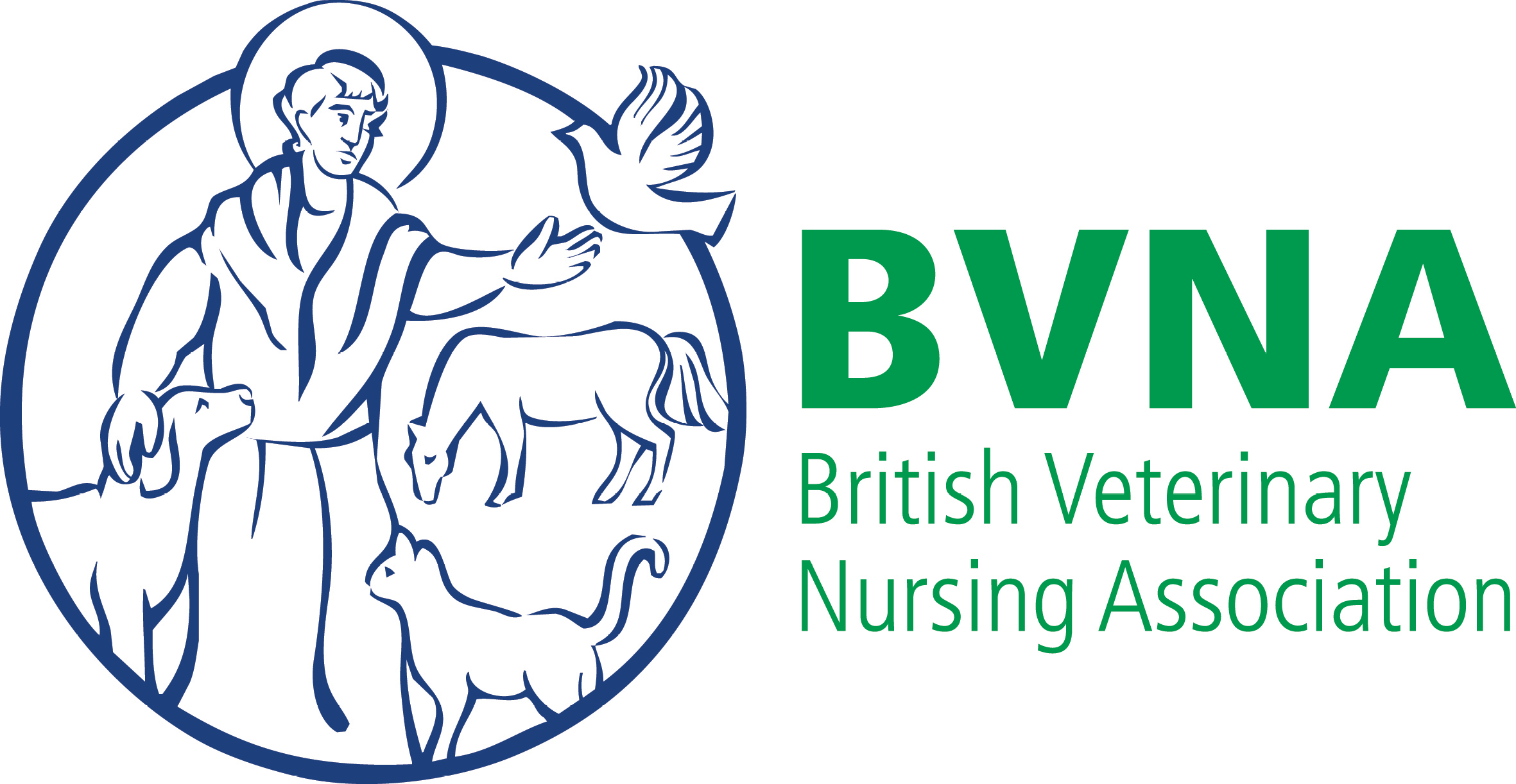Christmas. And thoughts turn to cosy nights curled up in front of the TV watching ‘weepy’ childhood favourites, such as Bambi. But what do we know about his ‘real life’ cousins?
The roe deer (Capreolus capreolus) is one of only two native species of deer in Britain and is arguably the most beautiful. It is a small deer and adults are normally 95-135cms in length and 63-67cms high at the shoulder. They have a white buff patch on their rump, a black nose and ‘moustache, and a white chin.
Fawns are brown in colour and have rows of white spots on their back and flanks, which camouflages them in their early days. This coloration will disappear quickly, after just six weeks. When the deer reaches adulthood, the coat will change colour from season to season. In summer, it will be sandy or reddish-brown and then in winter this will dull down to a grey- brown, or in some cases, black.
Generally, roe deer are found in open mixed, coniferous or purely deciduous woodland, usually solitary or in small groups of male, female and young. Larger groups may feed together in winter.
Mating takes place in late summer and the fertilised egg lies dormant in the female’s uterus for up to 150 days. Then as the weather warms up, the egg will attach itself to the wall of the womb and after another 100-150 days fawns are born. This is called delayed implantation and the roe deer is the only hoofed animal in which this happens.
Fawns are born in spring and most roe deer give birth to twins.

For further information about your local Wildlife Trust please call 01636 677711 or look on The Wildlife Trusts website: www.wildlifetrusts.org
Author
Sophie Lewis
Veterinary Nursing Journal • VOL 25 • No12 • December 2010 •
